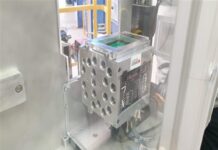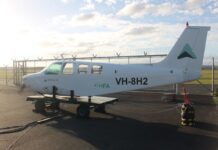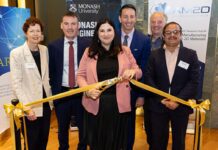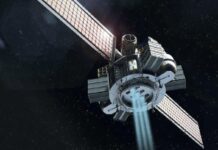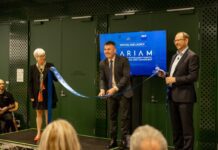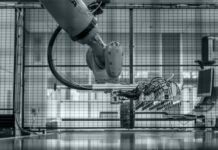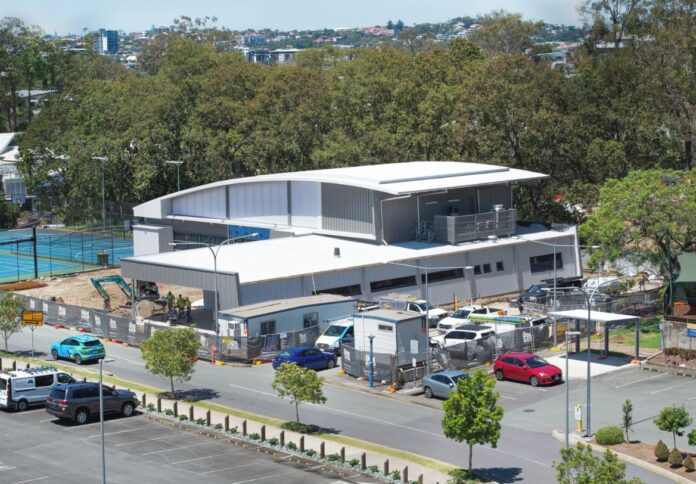
Australia’s first lunar testbed is expected to be completed this year, according to an announcement from the Queensland University of Technology (QUT).
The testbed is the centrepiece of the $7.9 million QUT Space Technology Precinct and will be the largest-of-its-kind facility for testing field robotics and equipment in realistic Moon conditions.
The facility is currently under construction near the Herston Rd entrance of the QUT Kelvin Grove campus and is expected to open early in 2024.
The 19m x 11m lunar testbed will feature simulations of different planetary environments to support robotics, sensing, and other research applied to space.
QUT Centre for Robotics’ Associate Professor Thierry Peynot, development head of the QUT Space Precinct, explained that a vehicle would be able to go through its paces in realistic Moon conditions with an arena containing simulated regolith (fabricated moondust), slopes, and boulders.
“The lunar environment, for example, is incredibly challenging. It has no atmosphere; exceptionally fine, charged, and reactive dust that sticks to everything; 300-degree temperature variations, and two hundred times Earth’s radiation,” Peynot said.
“It is not possible for us to replicate all of those particular conditions but the use of fabricated moondust in the facility will provide a realistic surface and terrain for a rover to navigate across, along with the optical properties that are crucial to test robotic perception.
The new lunar testbed will feature a gantry crane, which will enable the simulation of Moon-level gravity by holding up some of the weight of the vehicle as it navigates across the testbed.
“We will also have the ability to use sunlight, realistic lighting conditions and high ceilings to facilitate tests to simulate the atmosphere of Mars for testing drones,” Associate Professor Peynot said. “Such testing does not apply to the Moon, which has no atmosphere and thus offers no way to fly drones for example.”
A research engineering team will be relocated to the new facility at the QUT Space Technology Precinct from the QUT Da Vinci Precinct at Brisbane Airport.
“Some of the REF team who provide drone and aviation enablement to university researchers will relocate to the new facility,” said Research Engineering Facility (REF) Manager Andy Keir.
“This will allow them to be closer to their user base, as well as providing an opportunity for greater engagement with other members from the REF team, as there will also be some of the Robotics and Autonomous Systems team, presently at Garden Point campus, who will also relocate.”
“Through these staff, REF will be able to provide enablement of the activities that will occur at the Space Technology Precinct, including design and manufacturing, systems integration, rapid prototyping and data analysis,” Keir said.


